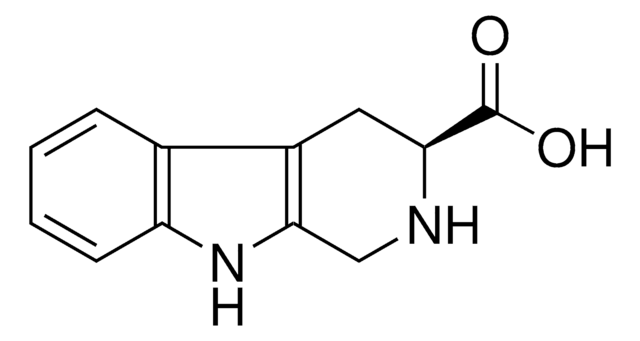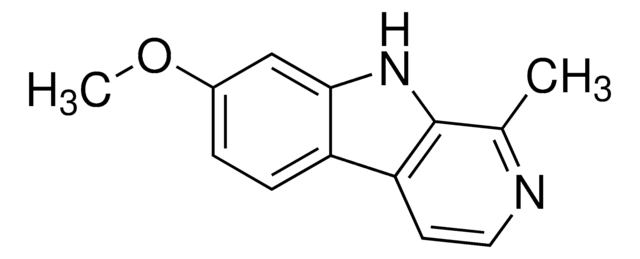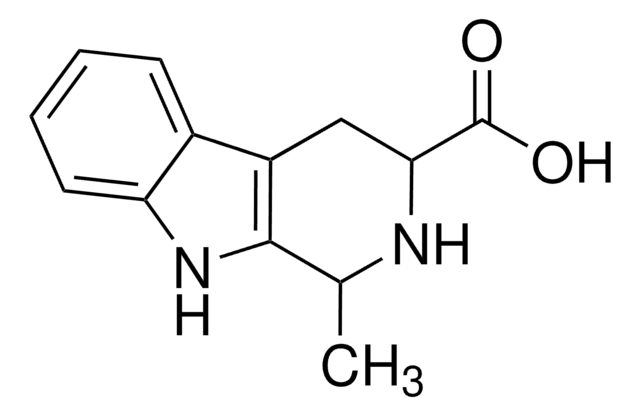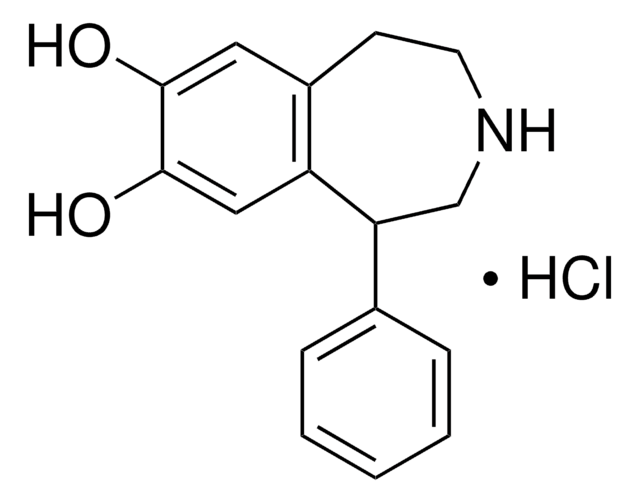SML2784
CMPD101 hydrochloride
≥98% (HPLC)
別名:
3-((4-Methyl-5-(pyridin-4-yl)-4H-1,2,4-triazol-3-yl)methylamino)-N-(2-(trifluoromethyl)benzyl)benzamide, 3-[[[4-Methyl-5-(4-pyridinyl)-4H-1,2,4-triazol-3-yl]methyl]amino]-N-[[2-(trifluoromethyl)phenyl]methyl]benzamide hydrochloride, Compound 101 hydrochloride, Cpd101 hydrochloride, Takeda101 hydrochloride
About This Item
おすすめの製品
品質水準
アッセイ
≥98% (HPLC)
形状
powder
保管条件
desiccated
色
white to beige
溶解性
DMSO: 2 mg/mL, clear
保管温度
2-8°C
SMILES記法
CN1C(CNC2=CC=CC(C(NCC3=CC=CC=C3C(F)(F)F)=O)=C2)=NN=C1C4=CC=NC=C4.Cl
生物化学的/生理学的作用
保管分類コード
11 - Combustible Solids
WGK
WGK 3
引火点(°F)
Not applicable
引火点(℃)
Not applicable
適用法令
試験研究用途を考慮した関連法令を主に挙げております。化学物質以外については、一部の情報のみ提供しています。 製品を安全かつ合法的に使用することは、使用者の義務です。最新情報により修正される場合があります。WEBの反映には時間を要することがあるため、適宜SDSをご参照ください。
Jan Code
SML2784-VAR:
SML2784-5MG:
SML2784-25MG:
SML2784-BULK:
試験成績書(COA)
製品のロット番号・バッチ番号を入力して、試験成績書(COA) を検索できます。ロット番号・バッチ番号は、製品ラベルに「Lot」または「Batch」に続いて記載されています。
ライフサイエンス、有機合成、材料科学、クロマトグラフィー、分析など、あらゆる分野の研究に経験のあるメンバーがおります。.
製品に関するお問い合わせはこちら(テクニカルサービス)






![1,2,3,4-テトラヒドロ-9H-ピリド[3,4-b]インドール 98%](/deepweb/assets/sigmaaldrich/product/structures/181/460/3d58bc34-1b5c-4295-bbac-3b52085670e8/640/3d58bc34-1b5c-4295-bbac-3b52085670e8.png)
